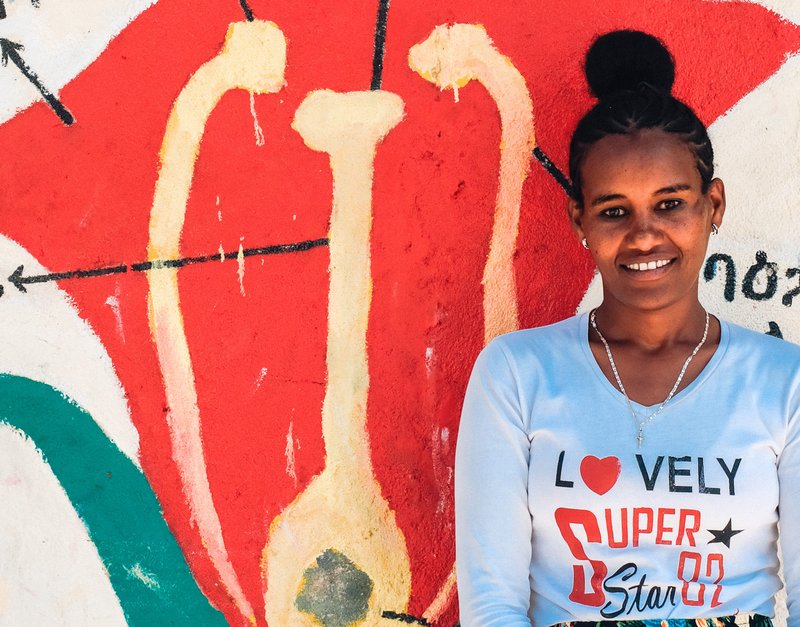
Abadit Birhanu teaches at a school in a remote area of Tigray, Ethiopia. Last year Abadit was sent on a training course to help her teach trachoma prevention methods to her students. 69.8 million people are at risk of trachoma in Ethiopia, a bacterial disease which causes intense pain and permanent blindness.
Because trachoma often begins in early childhood, good prevention methods can help to stop the cycle of transmission and infection. Trachoma is commonly spread through contact with contaminated eyes and thrives in areas without access to clean water or effective sanitation. Educating children about sanitation, the importance of keeping clean and how the disease is transmitted are all useful prevention methods.
“Before I had training about preventing diseases like trachoma, I didn’t know much about it.” Abadit said.
“I had heard that there were drug administration programmes for an illness that caused people to go blind. I’d also seen people lose their sight to trachoma, but I didn’t really know anything else about it. I couldn’t do anything to help.”
“But then I received training about trachoma and how it’s transmitted. The idea is to stop children getting trachoma, especially focusing on keeping their faces clean and teaching them how the disease is spread.”
"It’s important the children understand the importance of preventing diseases like trachoma, so we sing songs and draw posters. This helps them to learn what the disease is, what it can do and why it’s important we try to prevent it."
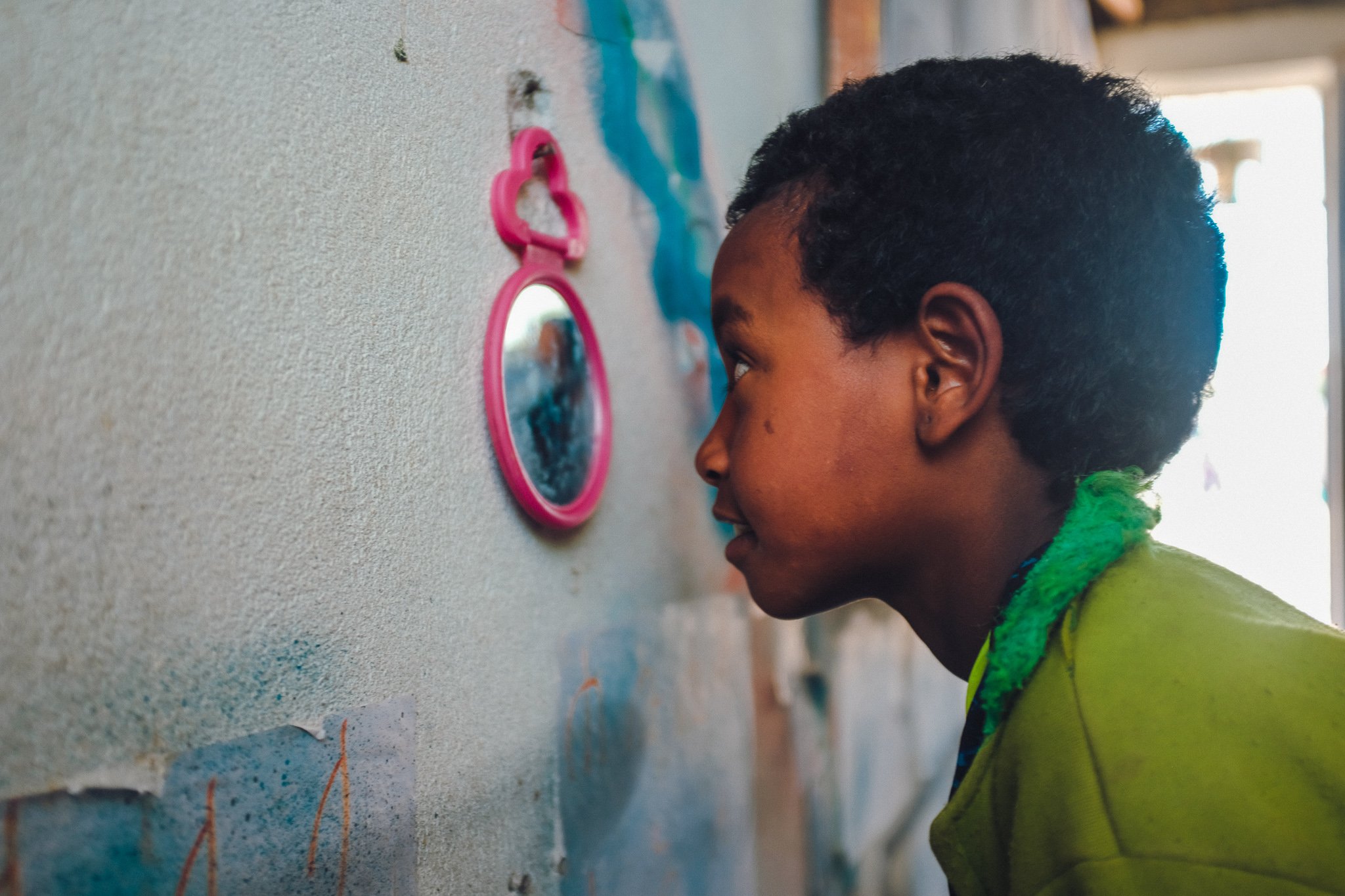
“I want the children in my class to know they need to keep their face and eyes clean and that, whenever they’re unclean, they wash properly. And they need to know that when their eyes hurt or if they are feeling unwell that they can tell me, their parents or a health worker.”
“We’ve made a daily routine to help prevent trachoma in the classroom. I monitor the children’s daily personal hygiene and also teach them about prevention.”
“When the children come to class, they each look in a mirror we have by the board. If their face is dirty, they know they have to go outside and wash – we keep the water by the entrance to the classroom.”
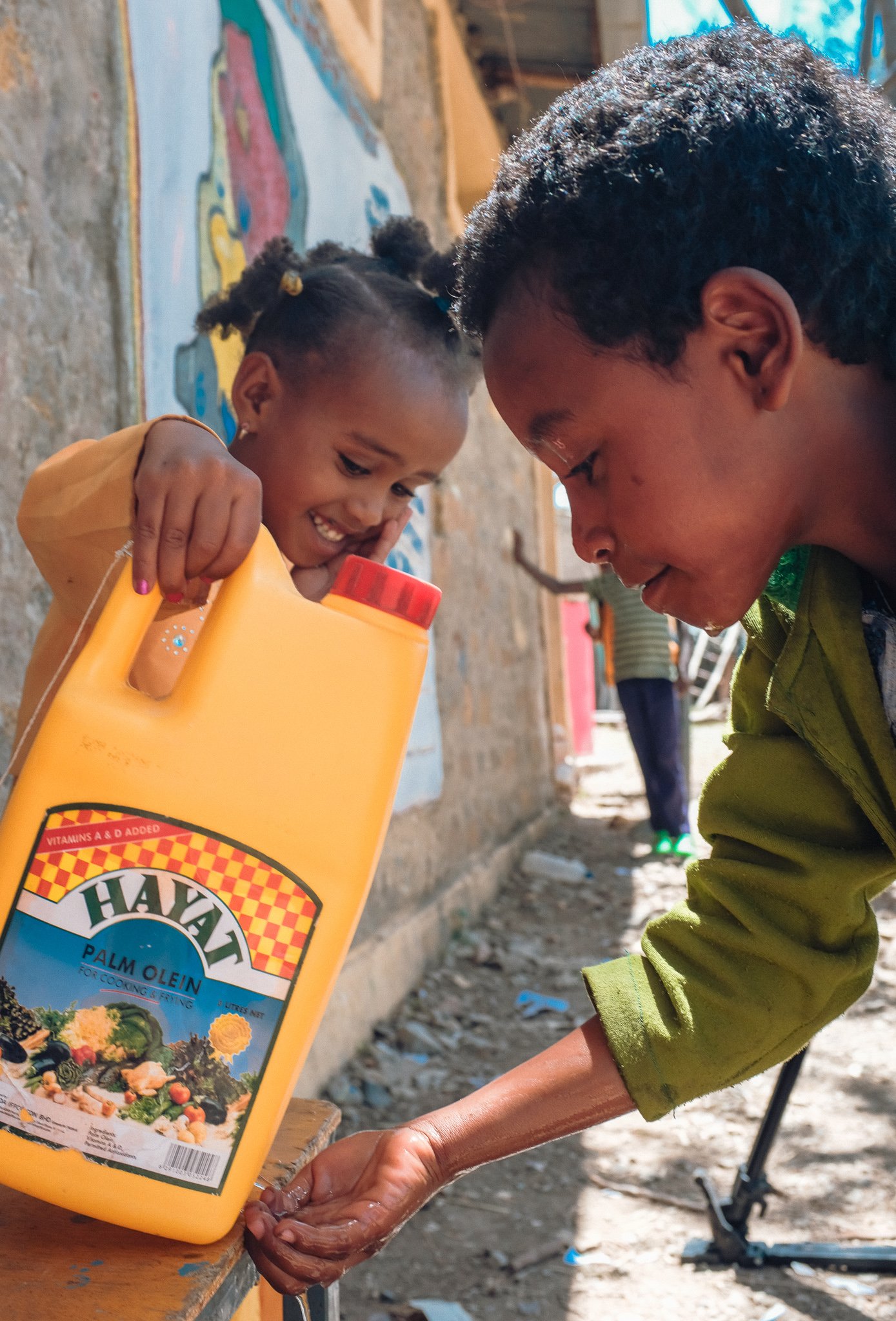
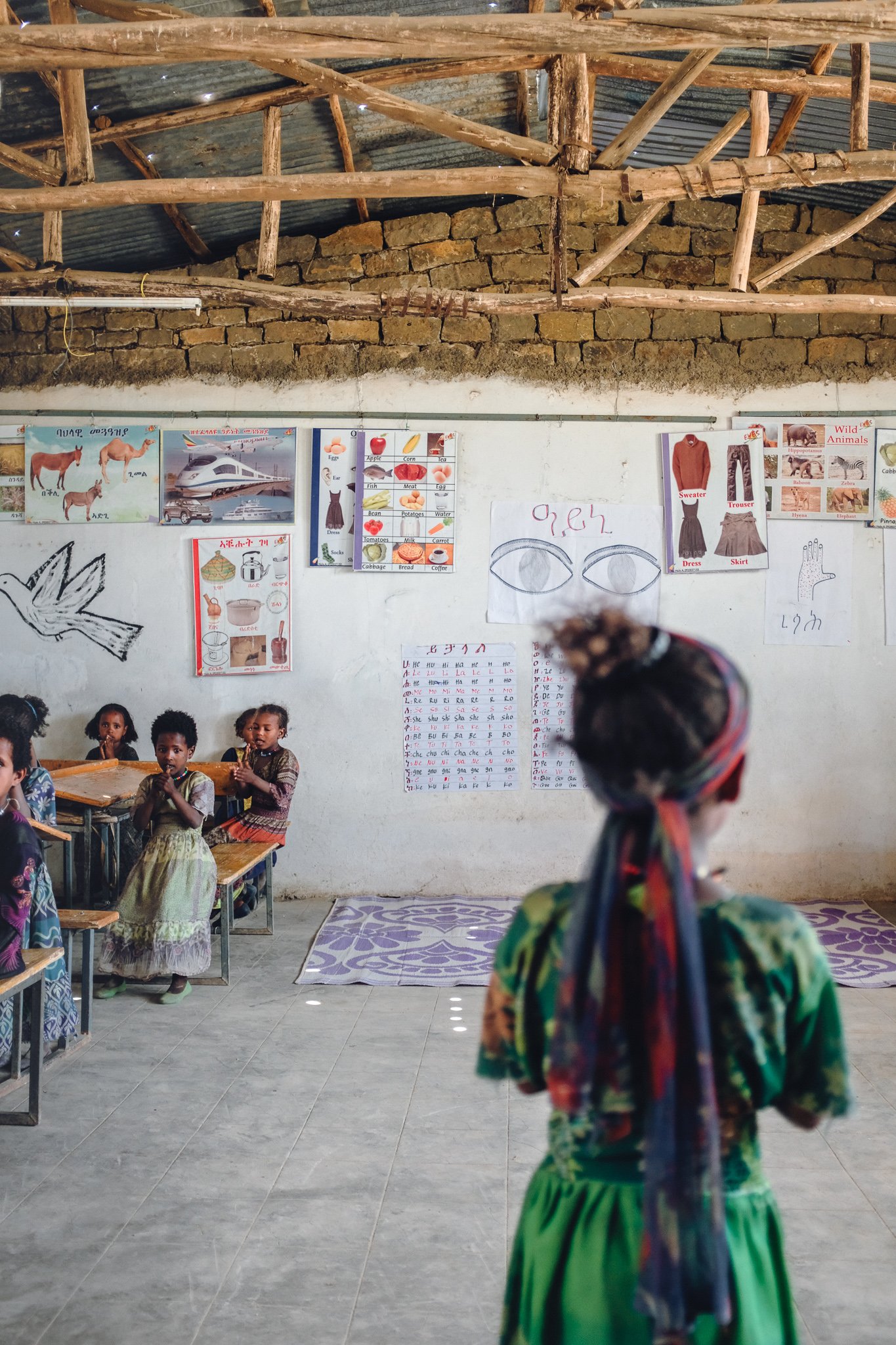
“The children also have a hygiene chart that explains to check hands and face for dirt. If their hands are dirty, they have to make a note on a poster by the wall and then go to wash their hands. Once their hands are clean, they make a new note and they make a poster saying they’ve washed their hands.”
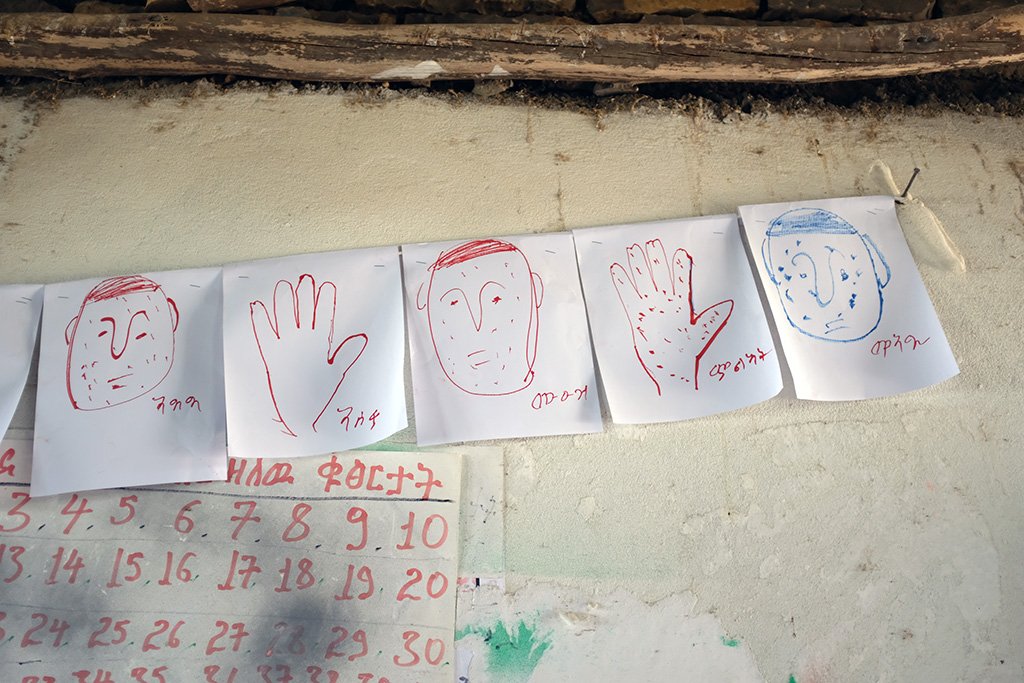
“Before we started doing this, children were coming into class with dirty hands and faces. Since we started using games, songs, the charts and the mirror on the wall, things have definitely improved. I’ve seen a big difference in the children’s personal hygiene. And we know the children are taking what they’ve learnt and taking it home as well.”
The teacher’s training course on trachoma was a joint initiative between NALA and Light for the World.